
Starting your photo editing journey can feel overwhelming. With countless software options available, knowing where to begin can be an absolute headache. I’ve been there. Thankfully, I’ve tested many tools available today that allow beginners not only start photo editing, but do so at a very high standard. With that, I’m sharing my selection of the best photo editing software for beginners.
Key Takeaways
-
Luminar Neo offers the perfect balance of powerful AI tools and user-friendly design, making it ideal for beginners who want professional results without a steep learning curve.
-
Lightroom provides seamless cloud syncing and mobile editing capabilities, perfect for photographers who want to edit on-the-go while building skills that transfer to professional workflows.
-
Polarr delivers the most accessible entry point with simplified tools and free options, making it perfect for absolute beginners who want to learn fundamentals without financial commitment.
Testing the Best Photo Editing Software for Beginners
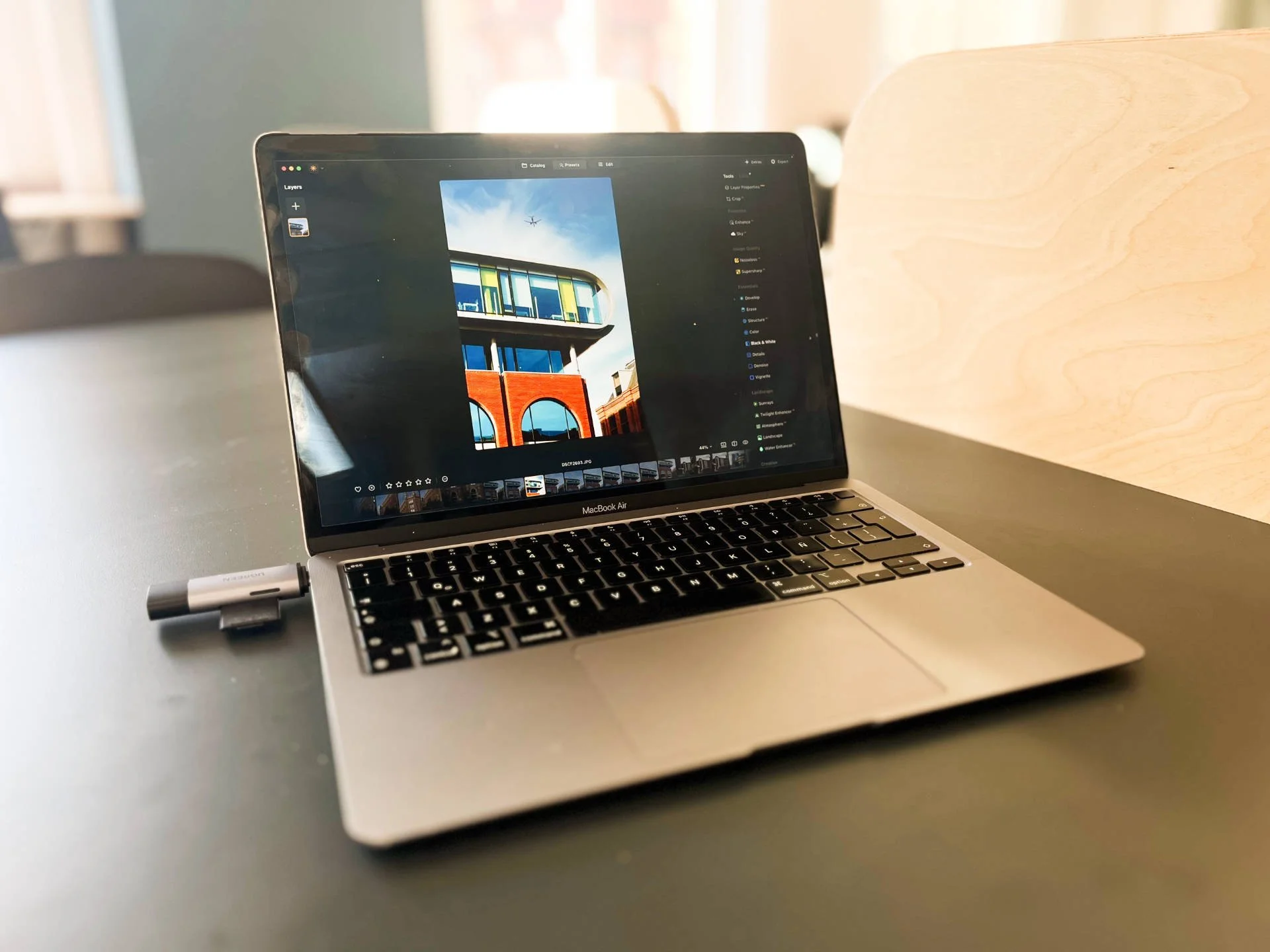
I personally tested each recommendation in this article on my Macbook Air (M1) laptop. For one reason or another, I actually use all of them interchangeably, depending on what I need to achieve with a specific image.
This means I haven’t done a short term test, but rather, have been using each of them long term for a number of years. When testing them for this specific article, I put my beginners hat on and considered what makes the best photo editing software for beginners? The answer…
-
Easy to use
-
Not overwhelmed with pro level features
-
Affordable
-
Still appropriate as you begin to advance your skill set.
With that criteria in mind, you won’t see software solutions like Capture One or Affinity Photo 2, which are amongst the best photo editing software in 2025. Because those types of software will be overwhelming, take the joy out of learning to edit photos, and worst case, put a halt in your tracks to progressing to being a better photo editor.
That said, the software in this article are amongst the easiest to use – but they also have features available for when you do reach an intermediate and pro standard. So if you do invest in, don’t think it needs to be short term. I’ve been doing photography for well over a decade and I expect to keep using these tools for many years to come.
Bitesize Opinion: Why Luminar Neo is the Best
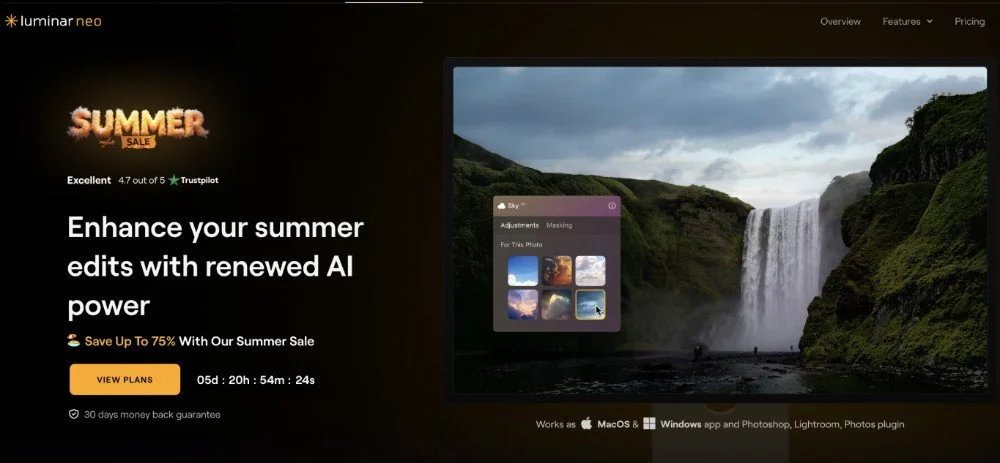
After testing dozens of editing platforms, I believe Luminar Neo strikes the perfect balance for newcomers to photo editing. Its intuitive interface doesn’t overwhelm you with technical jargon, yet the AI-powered tools deliver results that would typically require years of experience to achieve manually. What once took hours in Photoshop, takes seconds in Luminar Neo.
What sealed the deal for me is the pricing flexibility and the fact you don’t need to get locked into a monthly subscription, instead having the option to pay a one off fee for a perpetual license.
I’ll get into more detail shortly, but if you do want to give it a go, sign up for Luminar Neo today using promo code THEMFRAMES10 for an exclusive discount.
1. Luminar Neo: The Best Photo Editing Software for Beginners
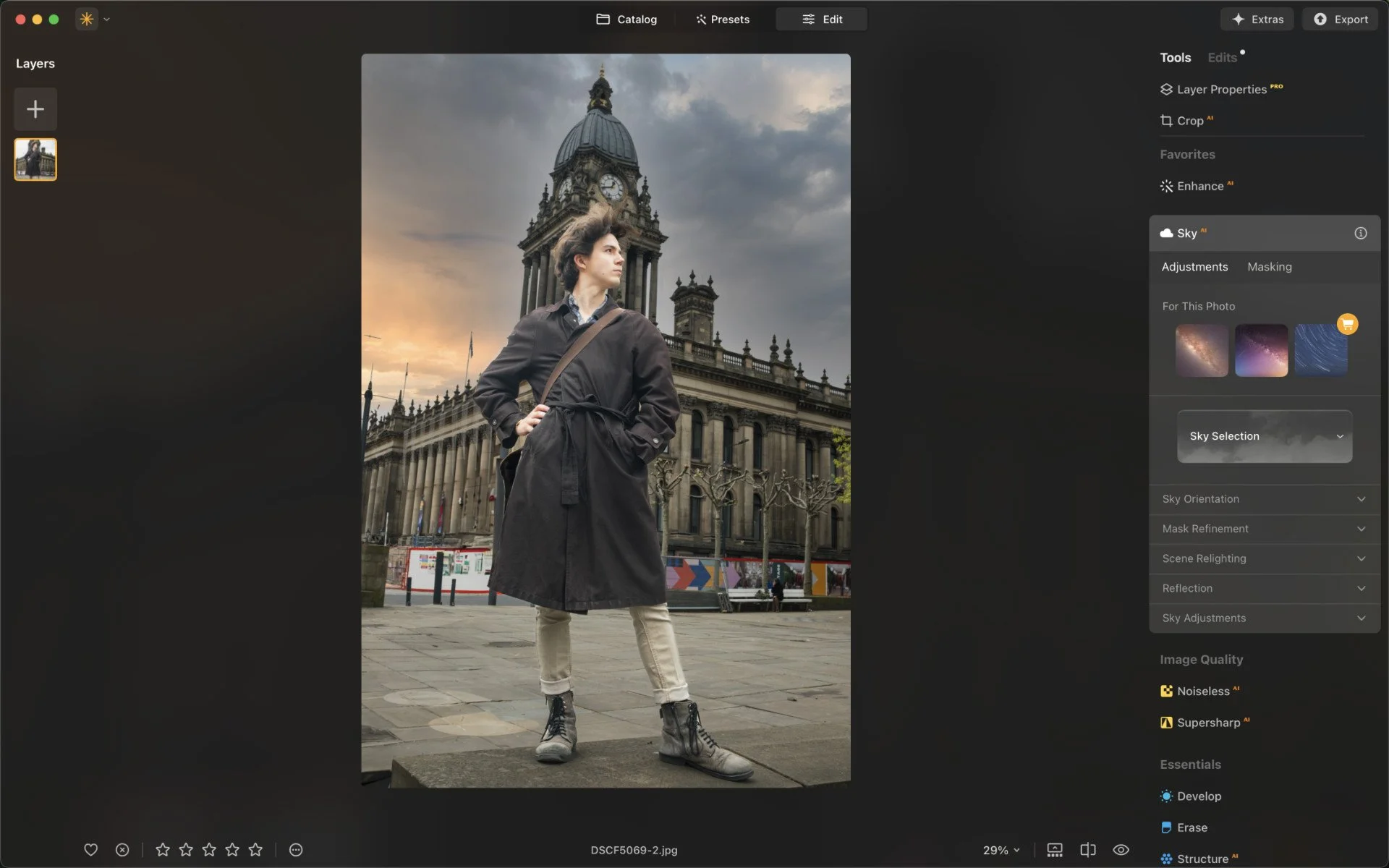
Pros:
-
Superb AI-powered tools
-
Clean, intuitive interface
-
Lifetime license option
-
RAW support
Cons:
-
Can sometimes lag during heavy tasks
Luminar Neo hits that sweet spot where powerful meets approachable. The software’s AI tools genuinely feel like magic – I can replace an entire sky, enhance portraits, or remove unwanted objects with just a few clicks. The interface uses color-coded sections that make navigation logical, and the adjustment sliders provide real-time feedback so you can see exactly what each change does to your image.
What I love most is how the software grows with you. The preset options give you instant inspiration and quick results when you’re starting out, but the comprehensive manual adjustment tools mean you won’t outgrow it as your skills develop. Features like HDR merging, focus stacking, and panoramic stitching provide professional-level capabilities without requiring technical expertise.
As I outlined in my Luminar Neo review, using the software feels smooth and responsive most of the time. The modern design makes editing enjoyable rather than feeling like work, and I appreciate how the 24+ AI tools handle complex tasks that would take hours in other software. However, I do notice some lag when pushing the AI features hard, especially on older machines.
Currently, you can get a one-year subscription for $59 or a lifetime license for $99, both backed by a 30-day money-back guarantee.
Remember, you can get a sweet discount when you use promo code THEMFRAMES10 when you sign up.
Related: The best Lightroom alternatives.
2. Lightroom: The Best Professional Photo Editing Software
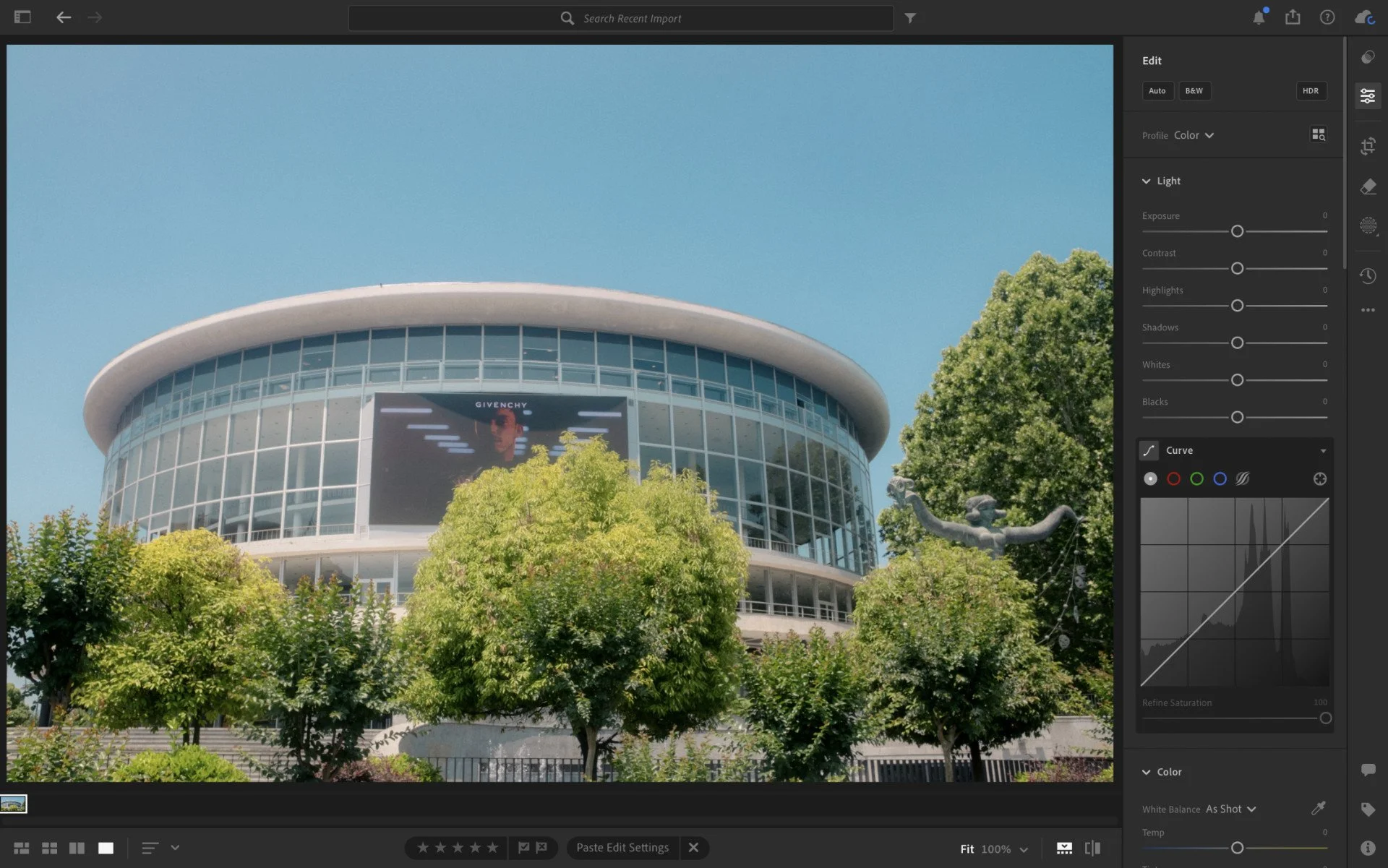
Pros:
-
Very smooth running software
-
Excellent AI features
-
Can sync images across devices
Cons:
-
Needs an internet connection to use
-
AI removal tool is inconsistent
-
No perpetual license option
-
Constant price increases
Lightroom brings professional editing capabilities to your laptop, smartphone or tablet. The app includes advanced color grading, healing brush tools, and selective adjustments that rival its desktop software, Lightroom Classic. I particularly love the AI-powered subject selection feature, which makes it easy to isolate and adjust specific parts of your image.
The cloud-based system is where Lightroom really shines. I can start editing on my iPad during a coffee break, then seamlessly continue on my Macbook at home, picking up exactly where I left off. The file management system makes organizing different editing sessions effortless, and the export options are comprehensive yet simple to use, giving me a bunch of quality and file-type options.
I prefer using Lightroom on my laptop but even on my entry-level iPad 10, the adjustment tools respond smoothly without any lag. The ability to share images directly to Adobe’s photographer community adds a social element that can be motivating for beginners looking to get feedback and inspiration.
Lightroom Mobile costs $11.99 monthly when billed annually, or you can pair it with Photoshop for $19.99 monthly. Unfortunately, there’s no one-time purchase option, but you can get a free trial when you sign up.
3. Polarr: The Best Cheap Photo Editing Software
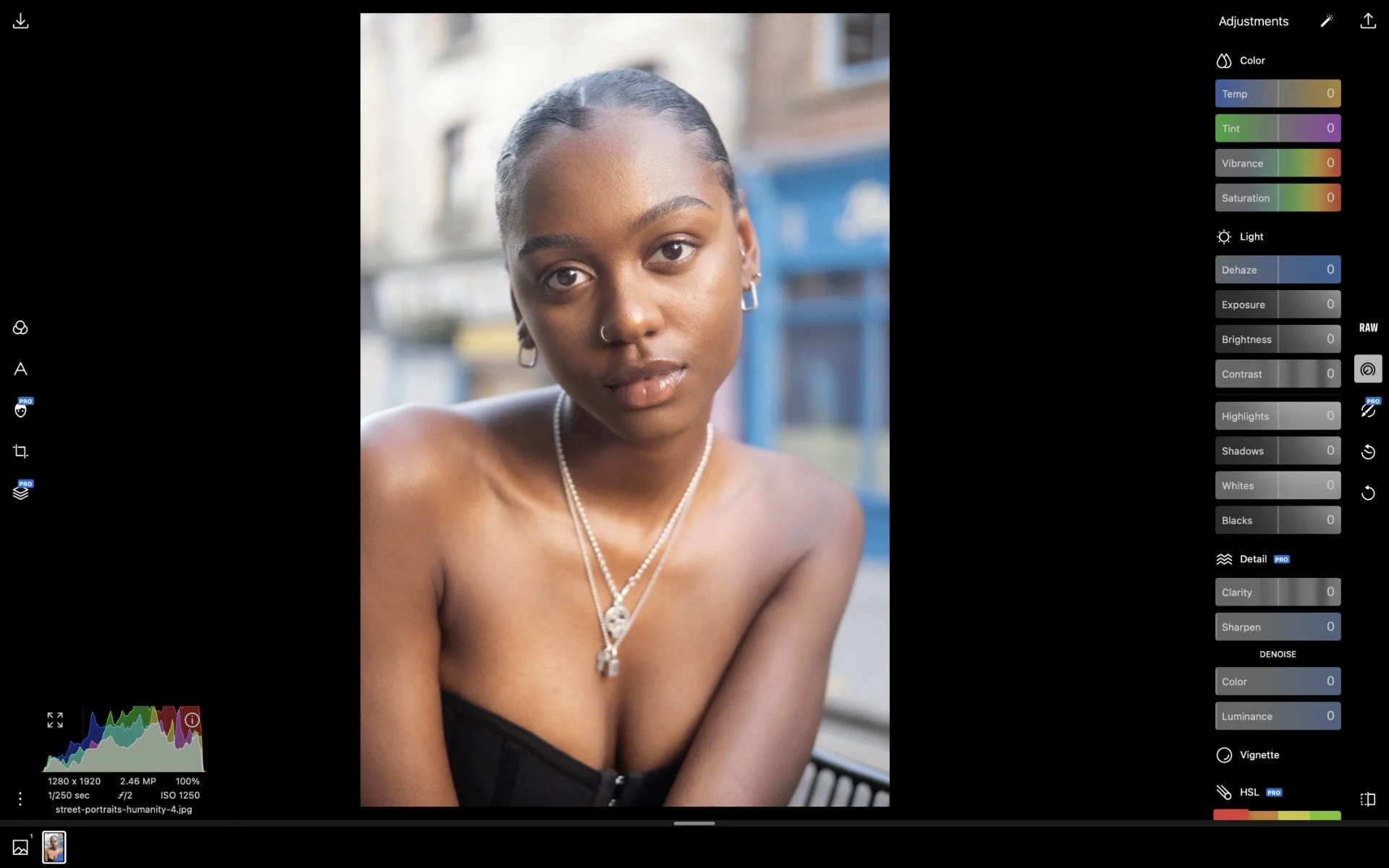
Pros:
-
Free tier has a decent amount of tools
-
Minimal and easy to learn UI
-
Very affordable paid plan
Cons:
-
RAW support only on paid version
-
Some features feel more like a gimmick
Polarr takes a refreshingly simple approach that removes the intimidation factor from photo editing. The interface presents just the essential tools without overwhelming you with options, and the terminology is instantly understandable even if you’ve never edited a photo before.
The free version includes curve tools, standard adjustments like exposure and contrast, plus highlight and shadow sliders.
The preset collection provides excellent starting points for beginners who want to enhance their photos with single clicks. When you’re ready for more control, the manual editing tools work exactly as you’d expect them to. The paid subscription unlocks gradient tools, brush tools, and radial adjustments that allow for precise local edits.
For me, using Polarr feels effortless and fun. The simplified layout means you can focus on learning the fundamentals of photo editing without getting lost in complex menus. I appreciate how easy it is to locate specific tools, and the range of filters lets you experiment creatively without technical barriers.
The free tier covers basic editing needs perfectly, while the Pro subscription at $7.99 monthly provides room to grow without breaking the bank.
Signing Off
Choosing your first photo editing software doesn’t have to be overwhelming. Each of these three options serves different needs and budgets, but all will help you create better photos while building valuable skills.
Luminar Neo offers the best overall experience for beginners who want professional results, Lightroom provides unmatched flexibility for cloud-based editing, and Polarr delivers accessible learning at an unbeatable price.
My advice is to start with the free versions where available, then commit to whichever feels most natural in your hands.
The most important step is simply getting started, as your editing skills will develop much faster through practice, rather than through endless research. Whichever software you choose, I’m confident it will help transform the quality of your photographs.
Which photo editing software do you think is best for beginners? Do you agree with my selection? What photo editing app would you like me to review? Let me know in the comments. Thanks for reading.
FAQs
What is the easiest photo editing software for beginners?
Luminar Neo is very beginner friendly due to its minimalist design and easy to grasp feature set.
How do I edit my pictures like a pro?
Time and consistent practice are the best ways to create pro-level edits. Tools like Luminar Neo, Lightroom and CaptureOne can help you get there.
What do most photographers use to edit photos?
Popular tools amongst photographers include Luminar Neo, Lightroom and CaptureOne, with all of them serving different needs and budgets.
Want your work featured on Them Frames? Pitch us.
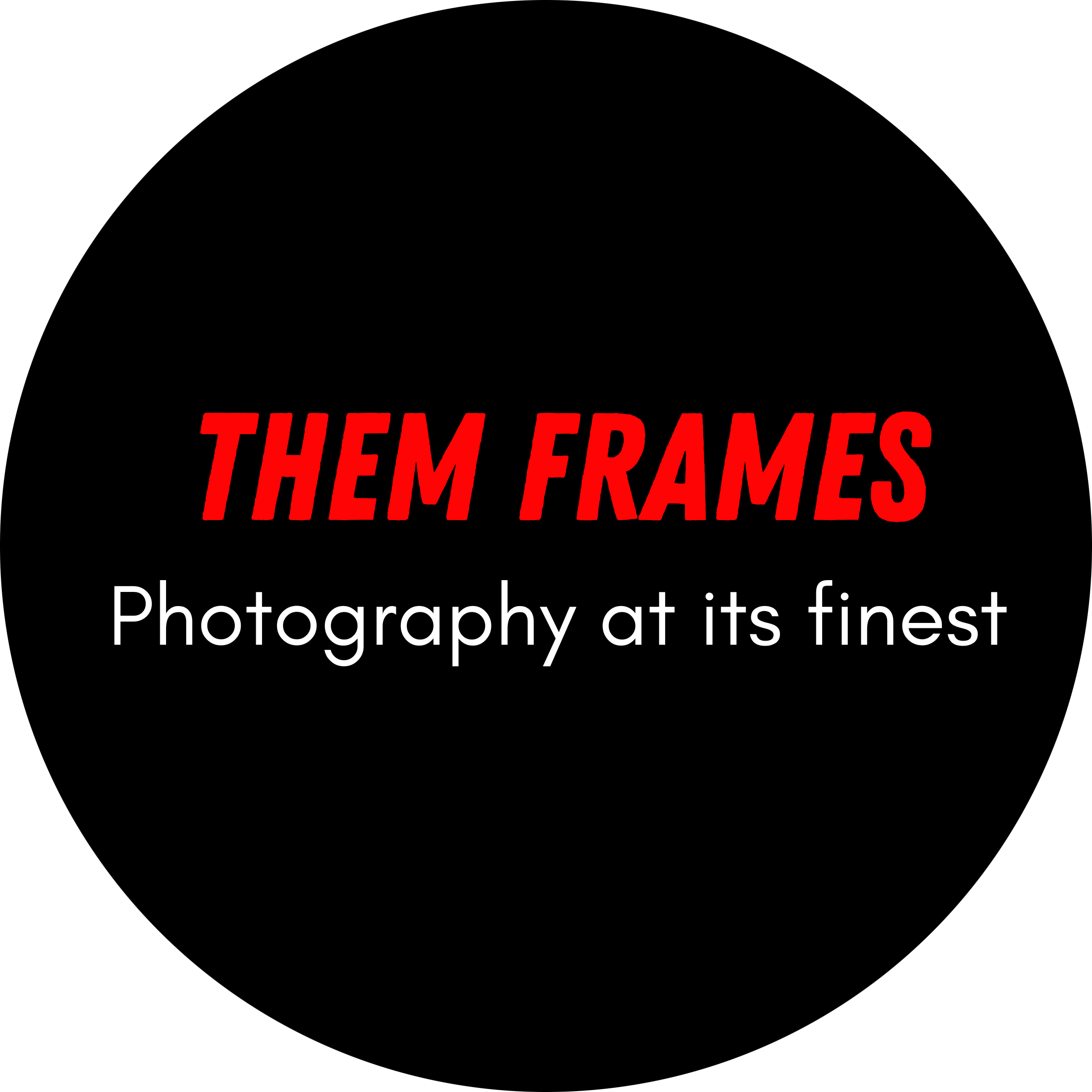
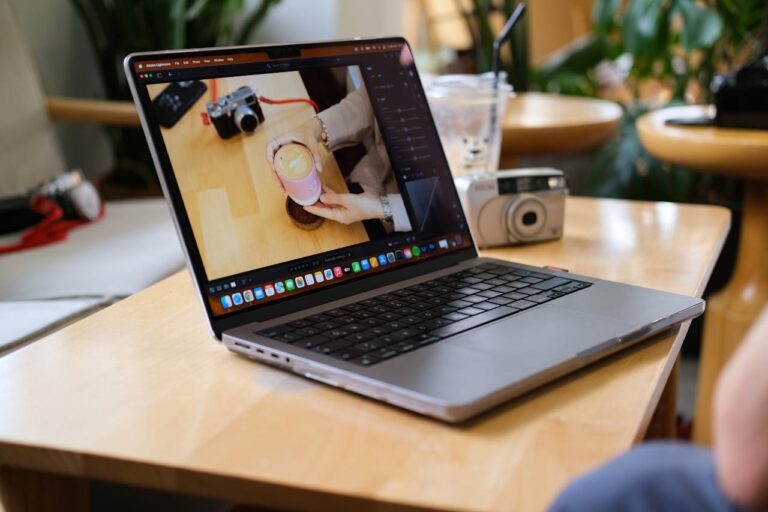

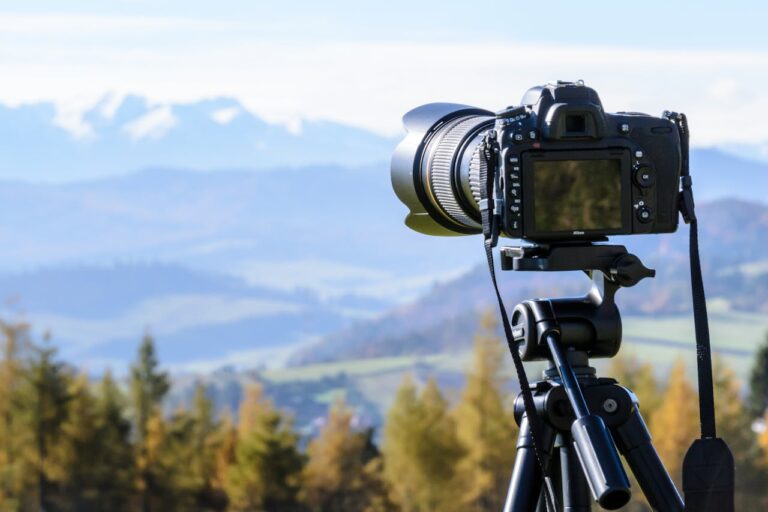


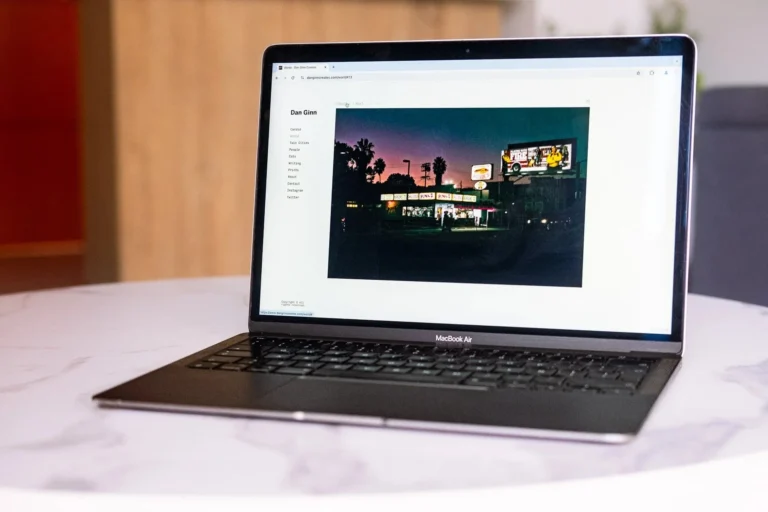




Nice list. I used to mess around with Polarr, but Luminar Neo has been a big step up for me. It’s still beginner friendly but grows with you and the AI tools save so much time
Hello Tarel,
Glad you like the selection and using Luminar Neo. I used to use Polarr back in the day, but now I need more power.
Thanks for commenting, I appreciate it.
Dan